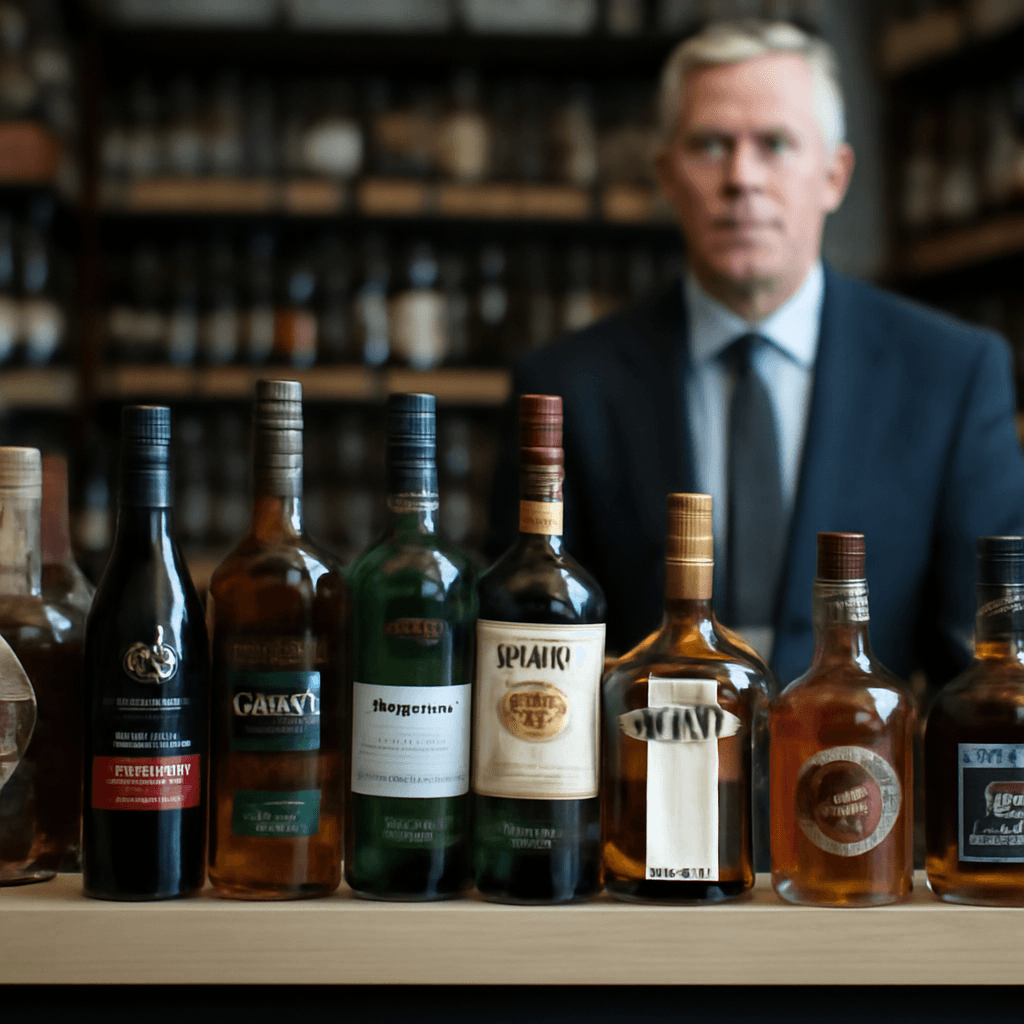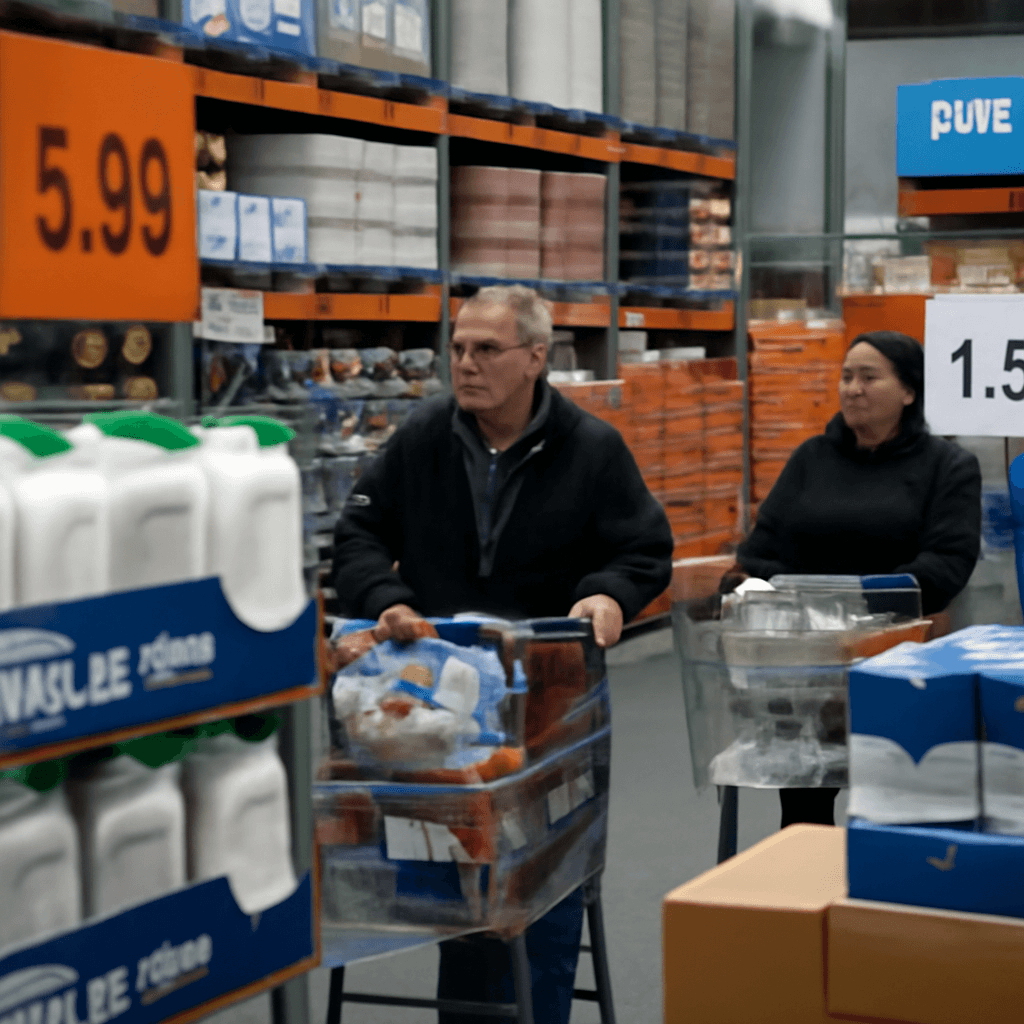Introduction to Challenges Facing Global Spirit Makers
Global spirit producers are confronting multiple obstacles as tariffs, geopolitical tensions, and evolving consumer preferences reshape the market landscape. These factors create uncertainty, prompting notable companies to adjust expectations and strategies.
Withdrawal of Sales Targets Due to Economic Uncertainty
French cognac producer Rémy Cointreau joined industry leaders in revising growth targets amid rising trade and economic challenges. Citing geopolitical uncertainties—particularly related to U.S.-China tariff policies—and a stagnant U.S. market, Rémy Cointreau announced the suspension of its 2029-2030 sales objectives.
The decision reflects a 22% organic decline in sales within its cognac segment, notably including the Rémy Martin brand, influenced by reduced U.S. consumption and difficult conditions in China.
Impact of Tariffs and Trade Barriers on Spirits
Luxury spirits, often bound by legal definitions tied to their production regions, face heightened vulnerability to tariffs. For instance, cognac must originate and be bottled within the French Cognac region, which exposes these products to international trade barriers when exported.
Analysts emphasize that such products’ reliance on local production elevates risk amid geopolitical disputes. Rémy Cointreau estimates that current tariffs could negatively impact its operations by approximately $55 million after mitigation. Similarly, other major producers report significant tariff-related costs affecting profitability.
Conversely, the beer sector benefits from primarily local manufacturing and thus remains relatively insulated from analogous trade disruptions, allowing brewers to maintain stable forecasts despite the industry-wide challenges.
Changing Consumer Preferences and Premiumization Trends
Over the past decade, the spirits industry enjoyed a surge fueled by increased demand during the COVID-19 pandemic, with consumers gravitating towards premium brands as affordable luxuries. However, economic shifts and market corrections have tempered this trend.
Currently, many consumers are opting for lower-cost ready-to-drink (RTD) alternatives or downtrading from high-end bottles. Premium categories like whisky, tequila, and gin show more resilience, but areas such as vodka and rum experience greater softness.
Influence of Health and Wellness Movements
Greater public focus on health has ushered an increase in "sober curious" consumers, prompting spirit makers to diversify offerings with low- and no-alcohol products. This shift, alongside emerging factors such as weight-loss medications that may suppress alcohol cravings, introduces new long-term uncertainties.
Industry Outlook and Market Dynamics
Experts debate whether current demand weakness stems more from cyclical economic pressures or structural behavioral changes. While some anticipate a modest enduring impact on growth rates, the consensus forecasts a slowdown relative to historical averages.
One analyst projects that once temporary headwinds subside, the U.S. spirits industry growth may stabilize at 1-2% annually, below the earlier rate of 4-5%.
Conclusion
The global spirits sector faces a convergence of tariff-induced costs, shifting consumer habits, and health-oriented market transformations. These combined factors are prompting producers to reassess strategies and adapt product lines to maintain relevance amid evolving demand.



















